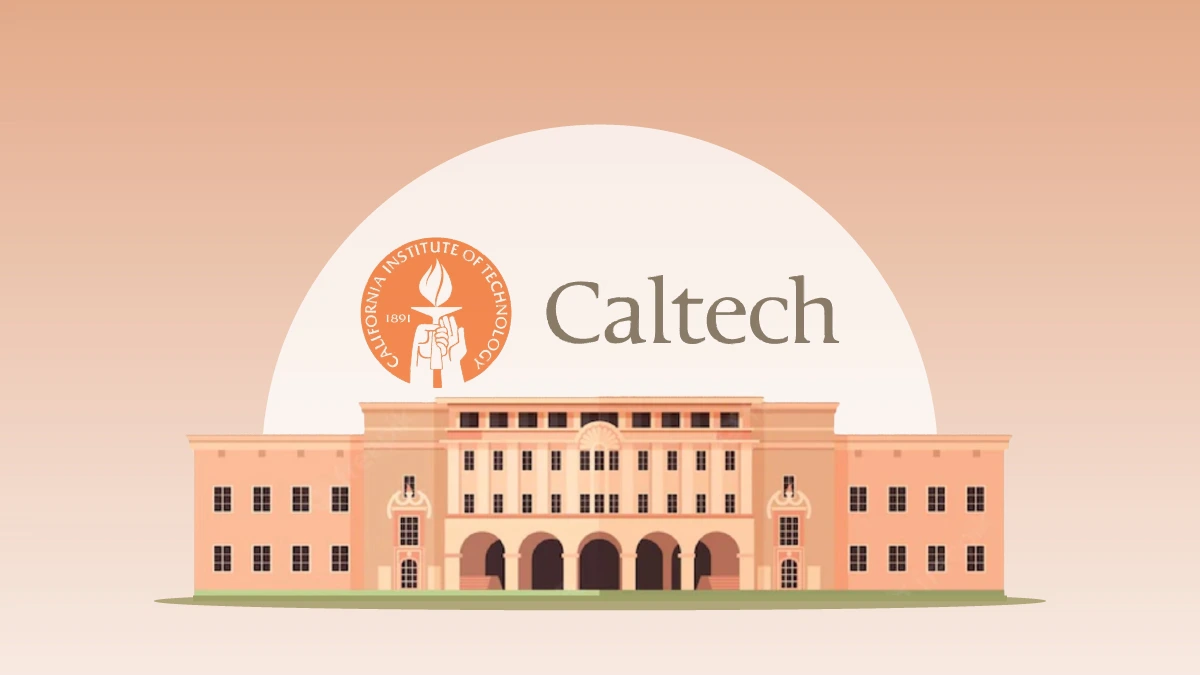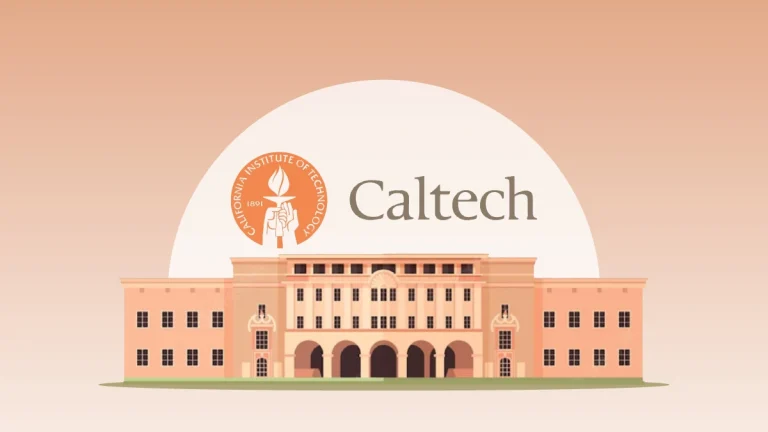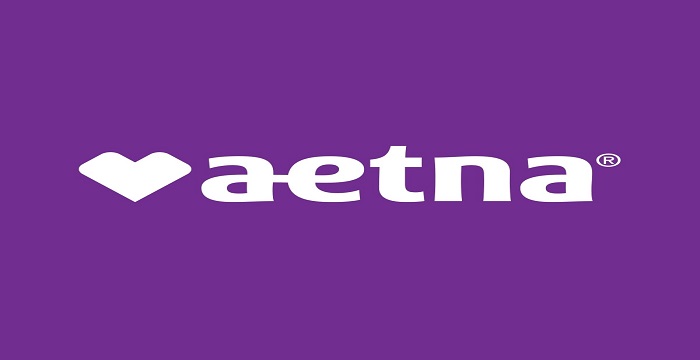
Introduction

The California Institute of Technology, commonly known as Caltech, is one of the most prestigious institutions in the world, renowned for its contributions to science, engineering, and technology. Located in Pasadena, California, Caltech is a small but highly selective university that prioritizes cutting-edge research and innovation. With a strong focus on STEM (science, technology, engineering, and mathematics) fields, Caltech has earned a global reputation for producing groundbreaking discoveries and cultivating world-class scientists and engineers.
This article explores Caltech’s rich history, the scholarships and financial aid options available to students, its fee structure, and the wide range of programs it offers.
History of Caltech
Founding and Early Years
Caltech was founded in 1891 as Throop University, named after its founder, Amos G. Throop, a businessman and philanthropist. Initially a vocational school, Throop University aimed to provide technical and professional education to students in Southern California.
In 1910, astronomer George Ellery Hale joined the institution’s board of trustees and began transforming it into a center of scientific research and education. Hale envisioned a university dedicated to advancing knowledge in the physical sciences and engineering, and under his leadership, Throop College of Technology was renamed the California Institute of Technology in 1920.
Growth and Scientific Contributions
By the 1920s and 1930s, Caltech had established itself as a leader in science and engineering. It attracted renowned faculty members, including physicist Robert A. Millikan, who won the Nobel Prize in Physics in 1923 for his work on the electron charge. Millikan played a key role in shaping Caltech’s focus on rigorous scientific research and academic excellence.
During World War II, Caltech contributed significantly to the war effort, particularly in aeronautics and rocket science. The establishment of the Jet Propulsion Laboratory (JPL) in collaboration with NASA further solidified Caltech’s position as a hub for space exploration and technology.
Modern Era
Today, Caltech is a world leader in scientific research and education, consistently ranked among the top universities globally. With a small student body of approximately 2,400 undergraduate and graduate students, Caltech maintains an intimate academic environment that fosters collaboration and innovation.
Scholarships and Financial Aid

Caltech is committed to making education affordable and accessible to talented students from all socioeconomic backgrounds. The university offers a robust financial aid program, including scholarships, grants, loans, and work-study opportunities.
Types of Financial Aid
- Need-Based Aid:
- Caltech primarily offers need-based financial aid to ensure that all admitted students can afford their education. Students’ financial aid packages are determined based on their family’s financial situation, as assessed through the FAFSA and CSS Profile.
- Merit-Based Scholarships:
- While Caltech does not offer traditional merit-based scholarships, its admissions process is highly selective, and all admitted students are considered among the top achievers in their fields. However, students can apply for external merit scholarships to supplement their financial aid packages.
- Caltech Scholarships:
- Funded by the university and its donors, these scholarships are awarded based on financial need. They do not require repayment and significantly reduce the cost of attendance for eligible students.
- Federal and State Aid:
- Caltech participates in federal aid programs such as Pell Grants, Supplemental Educational Opportunity Grants (SEOG), and Federal Direct Loans. California residents may also qualify for state grants like the Cal Grant.
Work-Study Opportunities
Caltech offers work-study programs that allow students to earn money through part-time jobs on campus or in the local community. These positions are flexible and designed to accommodate students’ academic schedules.
Fee Structure
Attending Caltech is a significant financial investment, but the university’s comprehensive financial aid program ensures that cost does not become a barrier for deserving students.
2024-2025 Estimated Costs (Per Year)
| Expense | Cost |
|---|---|
| Tuition | $62,586 |
| Room and Board | $18,870 |
| Student Fees | $2,379 |
| Books and Supplies | $1,500 |
| Personal Expenses | $2,600 |
| Total Estimated Cost | $87,935 |
Financial Aid Impact
- The majority of Caltech students receive financial aid, with an average grant award of over $50,000 per year.
- Approximately 60% of undergraduate students graduate debt-free due to the generous aid packages.
Academic Programs at Caltech
Caltech offers a wide range of undergraduate and graduate programs, all centered on its core strengths in STEM fields. The university’s rigorous curriculum, interdisciplinary approach, and emphasis on research make it a top choice for aspiring scientists, engineers, and innovators.
Undergraduate Programs
Caltech’s undergraduate program is highly selective, admitting fewer than 10% of applicants annually. The curriculum is designed to provide a strong foundation in science and engineering while encouraging exploration in other disciplines such as the humanities and social sciences.
Majors Offered
- Biology and Biological Engineering
- Focus areas: Biochemistry, genetics, neuroscience, and systems biology.
- Chemistry and Chemical Engineering
- Includes research opportunities in materials science, nanotechnology, and catalysis.
- Engineering and Applied Science
- Disciplines: Mechanical engineering, electrical engineering, computer science, and materials science.
- Geological and Planetary Sciences
- Specializations: Earth sciences, climate science, and planetary exploration.
- Physics, Mathematics, and Astronomy
- Advanced research in theoretical physics, astrophysics, and quantum mechanics.
- Interdisciplinary Studies
- Opportunities to design customized majors or pursue joint degrees.
Graduate Programs
Caltech’s graduate programs are globally renowned for their emphasis on research and innovation. Graduate students work closely with faculty on groundbreaking projects, often leading to publications and patents.
Key Graduate Disciplines
- Aeronautics and Space Engineering (in partnership with JPL).
- Environmental Science and Engineering.
- Applied Physics and Materials Science.
- Computer Science and Artificial Intelligence.
- Social and Decision Sciences (focusing on data-driven solutions).
Research and Innovation
Caltech is a leader in scientific research, with significant contributions to fields such as quantum computing, artificial intelligence, space exploration, and biotechnology. The university operates multiple research centers and collaborates with prestigious organizations like NASA and the Department of Energy.
Jet Propulsion Laboratory (JPL)
- Managed by Caltech for NASA, JPL is a world-renowned center for space exploration. Notable missions include the Mars rovers and the James Webb Space Telescope.
Other Research Centers
- Caltech Seismological Laboratory: Advances understanding of earthquakes and geophysics.
- Kavli Nanoscience Institute: Pioneers research in nanotechnology and quantum materials.
Student Life at Caltech
Caltech offers a vibrant campus life, despite its small size. The university fosters a close-knit community where students collaborate on academic projects and participate in various extracurricular activities.
Housing
- All undergraduate students are guaranteed on-campus housing, with dormitories designed to promote community and collaboration.
Clubs and Organizations
- Caltech students can join numerous clubs, including robotics, astronomy, music, and cultural organizations.
Traditions
- Caltech has unique traditions like the annual Ditch Day, where seniors create elaborate puzzles and challenges for underclassmen.
Conclusion
The California Institute of Technology is a beacon of academic excellence and innovation. With a rich history, world-class programs, and a commitment to making education accessible through scholarships and financial aid, Caltech continues to shape the future of science and technology. Its graduates, many of whom are Nobel laureates and industry leaders, embody the institution’s mission of improving the world through knowledge and discovery.





